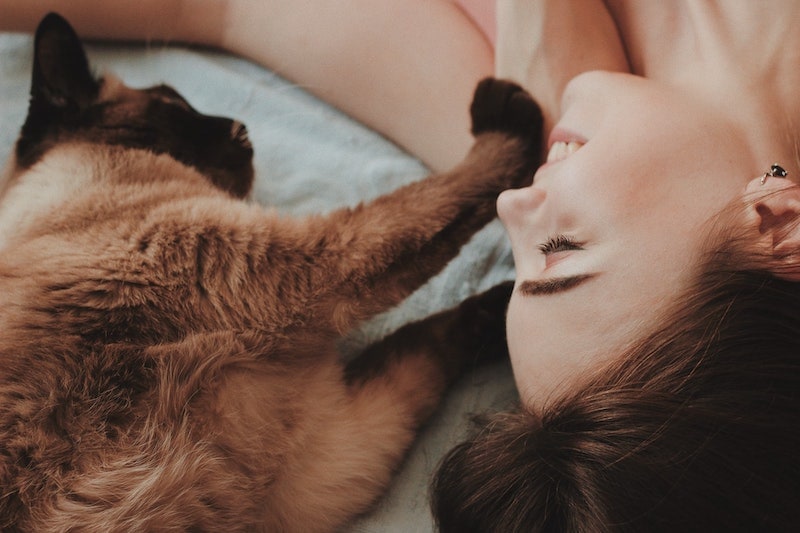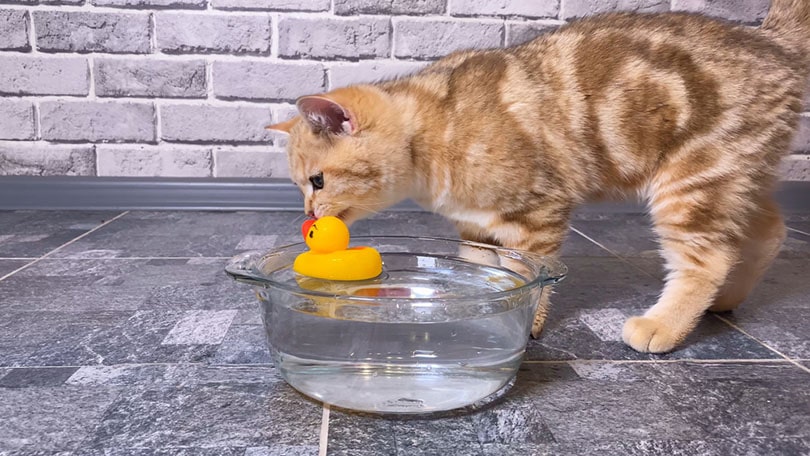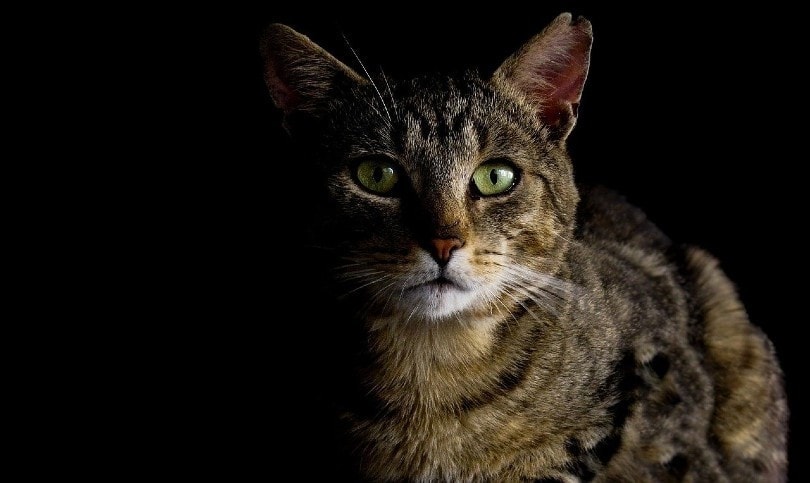Does Cat Litter Attractant Work? Vet Approved Facts & Tips
Updated on
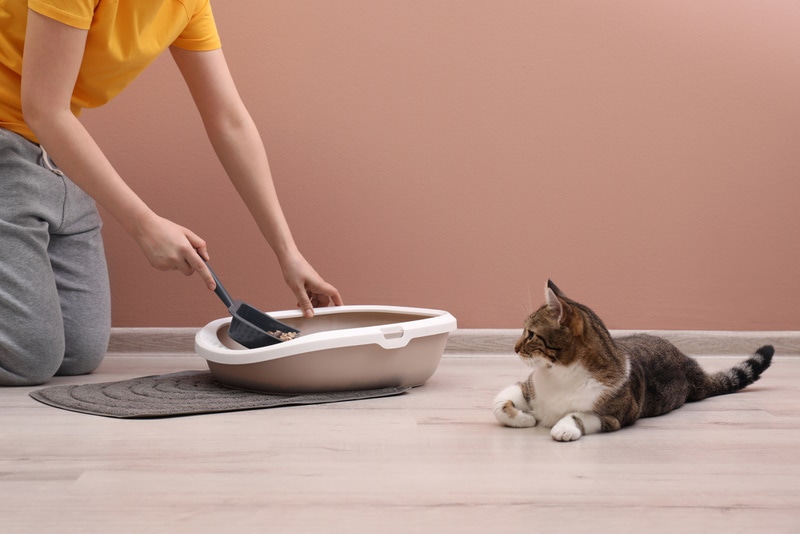
Cat litter is an essential item for cat owners, and sometimes, it’s hard to find one your cat likes. Cats can be tricky creatures to figure out, especially when they won’t use the litter box. Some have more luck than others when it comes to training a cat to use the litter box, but the slightest change in environment, litter, placement, and other factors can cause your cat to relieve itself elsewhere.
If you have this problem, you may have heard of cat litter attractants. These products emit an odor that cats are attracted to, but do cat litter attractants work? The answer is that it depends on the cat. Read on to learn the ins and outs of cat litter attractants and what to look for should you choose this route.
How Do Cat Litter Attractants Work?
Cat litter attractants work by using herbal-based formulas and blends that attract cats through pleasant odors. Most use all-natural ingredients, but to our disapproval, some attractants fail to list all ingredients used. This means if your cat has sensitive skin, an attractant may cause allergic reactions. It’s best to use a smaller amount than the recommendation on the label to see how your cat reacts before proceeding to the suggested amount to use.
To use, simply sprinkle the attractant into the litter according to the instructions on the label. They seem to work best with unscented litter, and if you use scented litter, an attractant will likely not work for you.
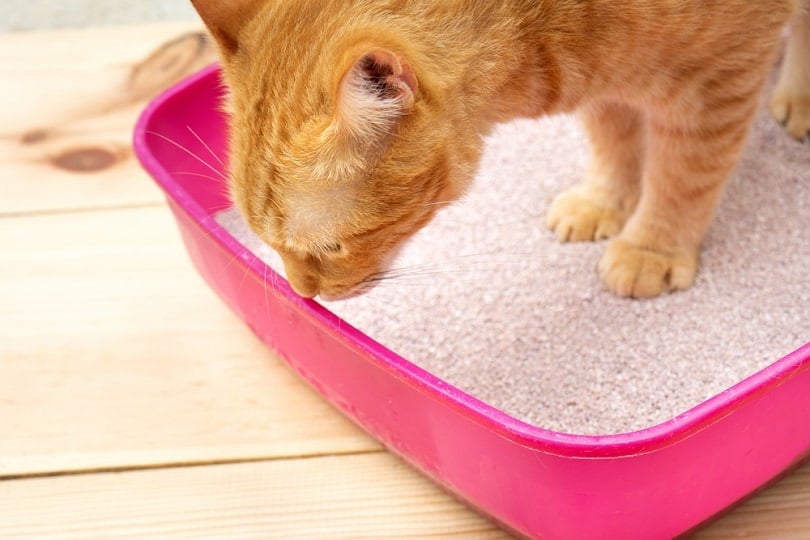
So, Do Cat Attractants Work?
The answer to this question is not black and white, and it may depend on your cat. A recent study suggests that cats tend to use a litter box with an attractant rather than without; however, none of the cats in this particular study eliminated outside any of the litter boxes used, which made the test somewhat inconclusive, as it did not tell us if it would stop them toileting outside a litter box.
Also, most of the cats used in the study preferred a litter box placed in a certain location that only had plant-based litter without an attractant. An important note to make is none of the cats had a problem eliminating in any of the litter boxes that were recently scooped, with or without attractants.
Do Cat Litter Attractants Work With Any Litter?
Cat litter attractants are a fairly new concept with slim options on the market. Most cat litter attractants only work with non-scented clay or clumping litter. However, you can choose an attractant that is marketed for working with any litter type. A drawback, however, is the product will likely be unsuccessful with scented cat litter of any type.
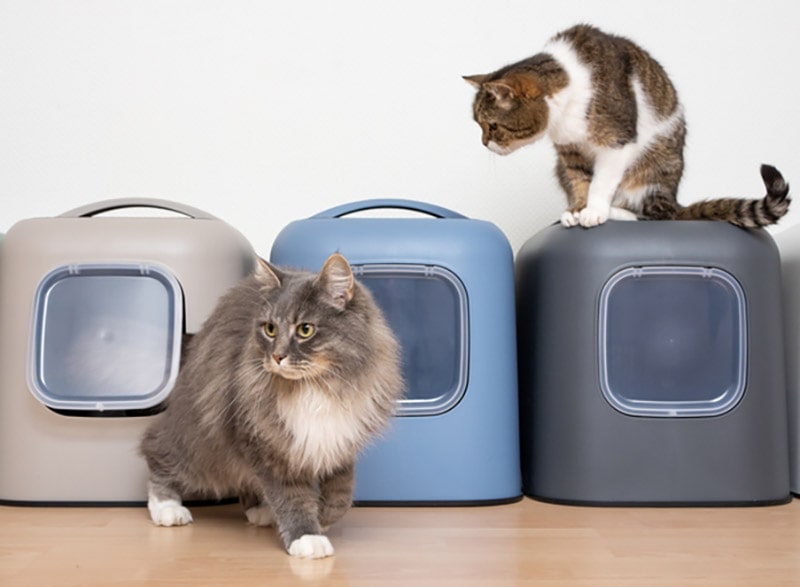
How to Keep Your Cat Happy With the Litter Box
When a cat refuses to use a litter box, other factors are more likely to be at play. Certain medical issues could be the cause of the behavior, such as a urinary tract infection or bladder stones.
There could be bullying issues if you have multiple cats, so having the correct number of litter boxes placed in different areas is important. As a rule, you should have one litter box per cat, plus one. For example, if you have three cats, you should have four litter boxes.
Some cats prefer the litter box be placed in low-traffic areas of the home for peace and quiet while going potty, and your cat may simply not like the location. Sometimes a laundry room seems like a good spot, but if you put the litter box next to the washing machine, it can be a bit of a turn-off if the spin cycle starts up mid wee!
Keeping the litter boxes cleaned and scooped daily can help with the issue, as well as using your cat’s preferred litter. It may take trial and error, but eventually, you’ll find a winner.
A cramped litter box or one with too much litter could also be why your cat refuses to use it. It’s best to avoid litter boxes with hoods or sides that are too high due to making it difficult for your cat to use, especially if your cat has mobility issues.
Final Thoughts
A cat not using the litter box is a common reason why some cats end up in shelters. However, don’t give up on your cat, as it can take a little time to figure out why your cat is not using the litter box. Educating yourself on proper methods is vital in having your cat use the litter box, such as proper placement and choosing the preferred litter your cat likes. Cat litter attractants are mostly safe to use and worth trying, but there’s no solid proof that they work.
It’s also wise to have your veterinarian examine your cat to rule out possible medical issues for the behavior. When all else fails, you can try a cat litter attractant, but remember to use it with non-scented clay or clumping litter for the best results.
Featured Image Credit: New Africa, Shutterstock



